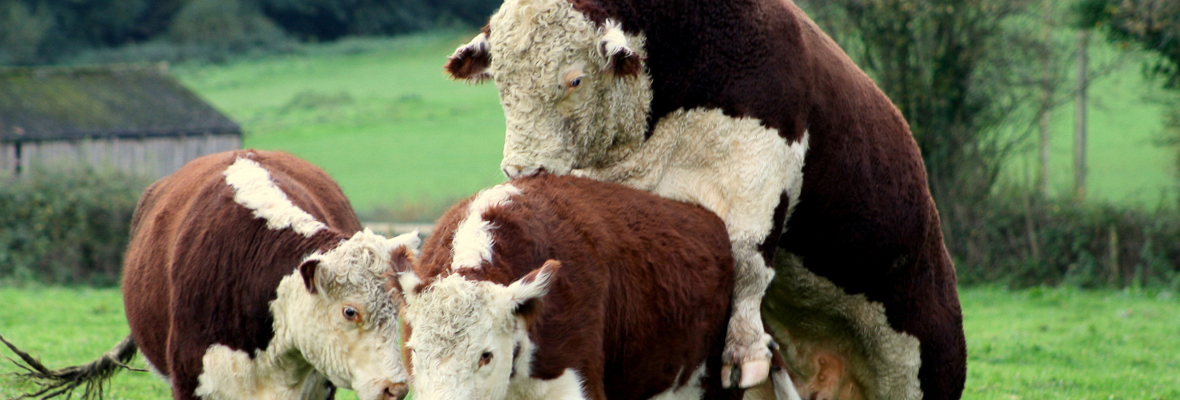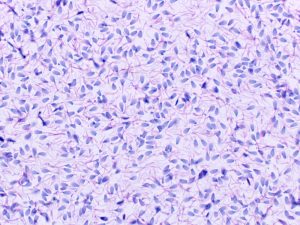
A critical component of cattle production is fertility as it is a driver of production cost and return on investment. Female fertility receives a large amount of attention, and it is enhanced by many different programmes, interventions and genetic selection. However, improving bull fertility is often largely ignored, despite it playing an important role in optimising reproduction. Bull fertility has been reported to have a genetic correlation with average daily gains, calving interval and heifer pregnancy.
The veterinary bull breeding soundness evaluation is a standardised test to check that the bulls you are using have the highest probability of being fertile for the upcoming mating season. There are five components to this exam:
It is important to check as many of these components as possible prior to the mating season. Ensuring the bulls are physically able to withstand the rigours of mating with no lameness, good conformation, and good eyesight to enable them to find cows in heat is just the start. Research has shown that selecting for increased scrotal circumference size decreases the calving interval, improves daughter pregnancy rates and increases average daily gain. Semen quality can be affected by substandard nutrition, extreme environmental temperatures and disease. It is analysed both grossly and under the microscope. Using the microscope, we can check the motility and morphology of the semen collected.

When looking at the semen motility (also known as progressive motility), we are checking whether the semen is swimming in mostly straight lines or in circles and at what speed. This is done by placing a drop of semen on a microscope slide and observing the number of sperm with forward movement in relation to those not moving forward. The heritability of this component is under debate; however, it is extremely important in the prediction of fertility. The sperm will not be able to fertilise the egg unless they can get to it in the first place, and therefore this parameter is considered a vital part in the assessment of bull fertility.
Semen morphology checks to see what percentage of the semen is abnormal and what kind of abnormalities are to be found. It is an important part of the fertility check for ensuring that there are sufficient sperm capable of fertilising the egg. This is done by staining a drop of semen, then examining them under high magnification.
In a recent study, those bulls with less than 20 % abnormal sperm had pregnancy rates at least 4% higher than randomly-selected bulls. Ensuring your bulls have good semen morphology can therefore improve your herd fertility. There are many factors which can affect the morphology of your bulls, including nutrition, puberty and ambient temperature. A study in 2022 has shown that bulls have increased morphological abnormalities when overfed or underfed. As a result, it is important to ensure they have a well-managed diet in the lead up to mating.
Testing bulls is an important tool in being proactive to ensure optimal fertility for your herd this mating season, and thus optimising the investment you have made in your bulls.